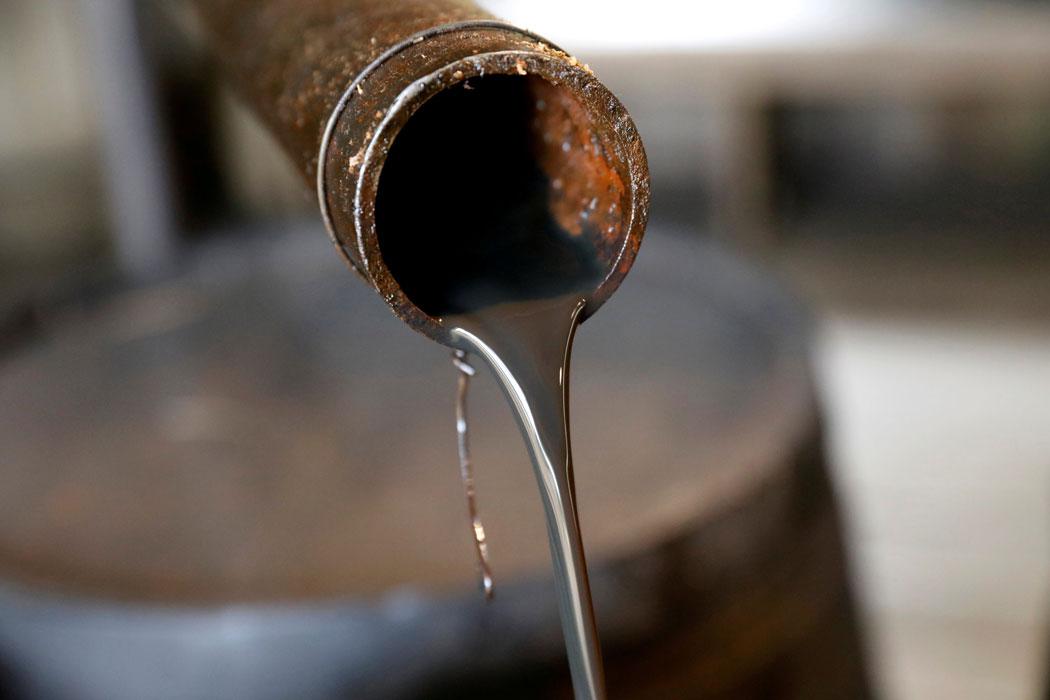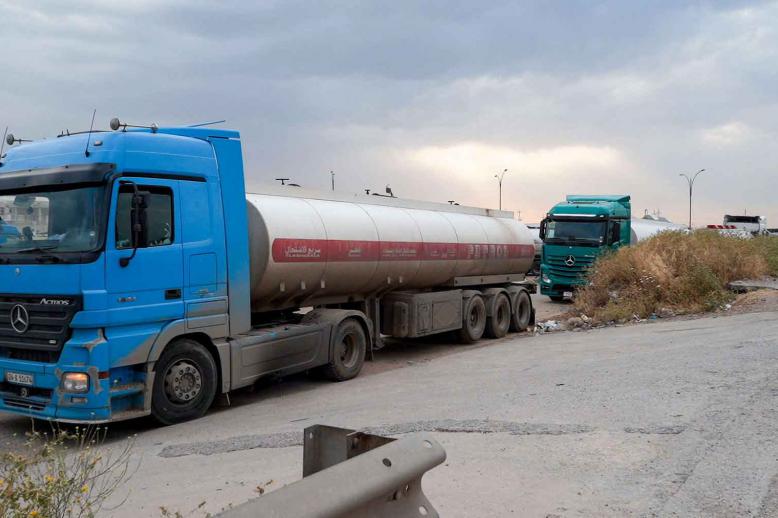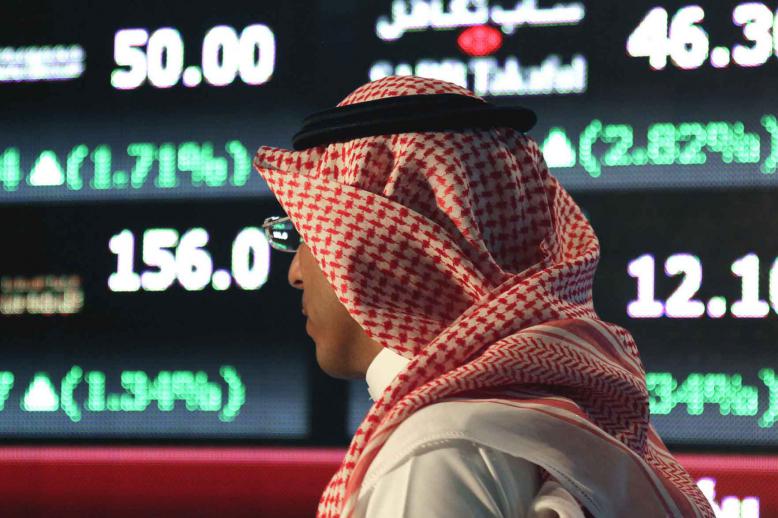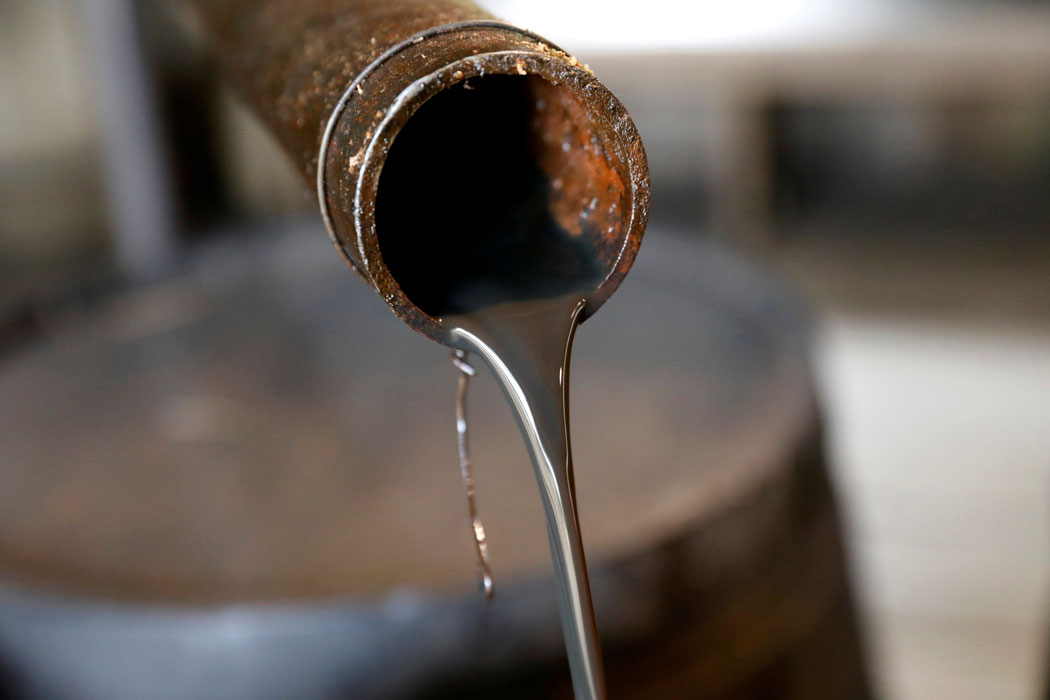OPEC nations grapple with mooted production cuts
VIENNA - Members of the OPEC cartel are preparing for an annual meeting in Vienna on Thursday that will determine whether oil-producing nations will stick with production cuts they’ve endured for the past three years, relax them or deepen them in the hopes of propping up prices.
The possibility that the world may be heading for an even greater oversupply of oil, driving down fuel and energy prices, is hanging over OPEC members as they prepare to negotiate through tensions that are driving states in competing directions.
Saudi Aramco’s stock market debut, which is expected Friday, has put Saudi Arabia in a precarious position as it bets on what volume of oil production will hit a sweet spot for prices, with the added pressure of considering the interests of the state-run oil giant’s shareholders. The nation is already bearing the burden of the largest share of OPEC’s production cuts.
With the pricing of the state oil giant's IPO also taking place on Thursday, Riyadh may be hoping to avoid a drop in oil prices by sticking to its strategy of pursuing price stabilisation through output commitments agreed with other members.
Thamer Ghadhban, the oil minister of Iraq, told reporters on Tuesday in Vienna that key members supported deepening cuts for OPEC+ from the current level of 1.2 million barrels per day.
“A deeper cut is being preferred by a number of key members,” said Ghadhban, naming Saudi Arabia in particular.
Ghadhban said new cuts could be expanded to 1.6 million bpd while reports have suggested that Riyadh was pressing fellow members Iraq and Nigeria to improve their compliance with quotas, which could provide an additional reduction of up to 400,000 bpd.
But analysts say that some nations - including Iraq - have been ignoring the agreement and producing more than their allotted amount.
“If people are already not complying to the current agreement, what’s the point to those that are complying cutting more? So the others can go on cheating?” Bhushan Bahree, executive director of global oil at research group IHS Markit, told the Associated Press. “I think the Saudi position is they’re willing to cut more if needed, but they want better compliance.”
As it stands, OPEC nations have agreed to cut production by 1.2 million barrels per day through March 2020, and most analysts expect OPEC nations to extend those production cuts until at least summer.
“If they just keep the existing situation, then you get this massive oversupply,” said Jacques Rousseau, managing director at Clearview Energy Partners.
Rousseau believes OPEC nations will cut production by an additional 400,000 barrels per day to keep supply and demand in balance during the first half of next year, with the cuts made mainly by Kuwait, Saudi Arabia and the United Arab Emirates. But substantial cuts may be difficult to achieve with some OPEC members following their own agendas.
“Iraq has exceeded its production target every month this year,” Rousseau said. “Granted, there’s some unrest going on in the country, but I don’t think they’ll voluntarily reduce.”
The current unrest in both Iran and Iraq, which have both seen widespread popular protests in the past months, will likely be a key topic of conversation behind closed doors in Vienna.
Iraq’s Prime Minister has just resigned, over increasing anti-government sentiment and violence against protesters. Iran’s oil minister Bijan Zanganeh, the longest serving OPEC minister, is facing calls for his removal after a surprise cut in fuel subsidies drove Iranian citizens to the streets.
The two countries produce more than 8 million barrels of oil per day, so any disruption would likely have a significant effect on both global supply and pricing.
Not all OPEC members were convinced of the need to cut deeper, however, with some delegates suggesting the move would boost prices and spur a new phase of output growth from producers in the US.
The US oil and gas industry has seen shares of energy companies collapse in the past year, largely due to oil prices being stuck in the mid-$50 dollar range - failing to supply the cash flow demanded by investors. US producers will be hoping that oil prices move higher, and what OPEC decides may have a significant impact on the US industry.
Brent crude oil hovered around $61 per barrel on Wednesday afternoon. Prices have fluctuated throughout the year, reaching nearly $75 per barrel in April after US sanctions on Iran and Venezuela limited world supply, but lingering trade tensions between the US and China dampened economic expectations, pushing prices back down.
Meanwhile, Russia, which is not part of OPEC but has been following its lead on production limits in recent years, has indicated it wants its oil production re-calculated in a way that’s in line with OPEC nations. That could enable it to produce more oil.
The dynamic to watch will be whether Russia and Saudi Arabia will come to an agreement on production levels in the early and middle parts of next year, Heather Heldman, managing partner at Luminae Group, a geopolitical intelligence firm, told the Associated Press.
“If something goes awry with Saudi production in the next few months... Russia’s going to be the first party looking to fill that gap,” Heldman said. “And I think the Saudis know that.”






